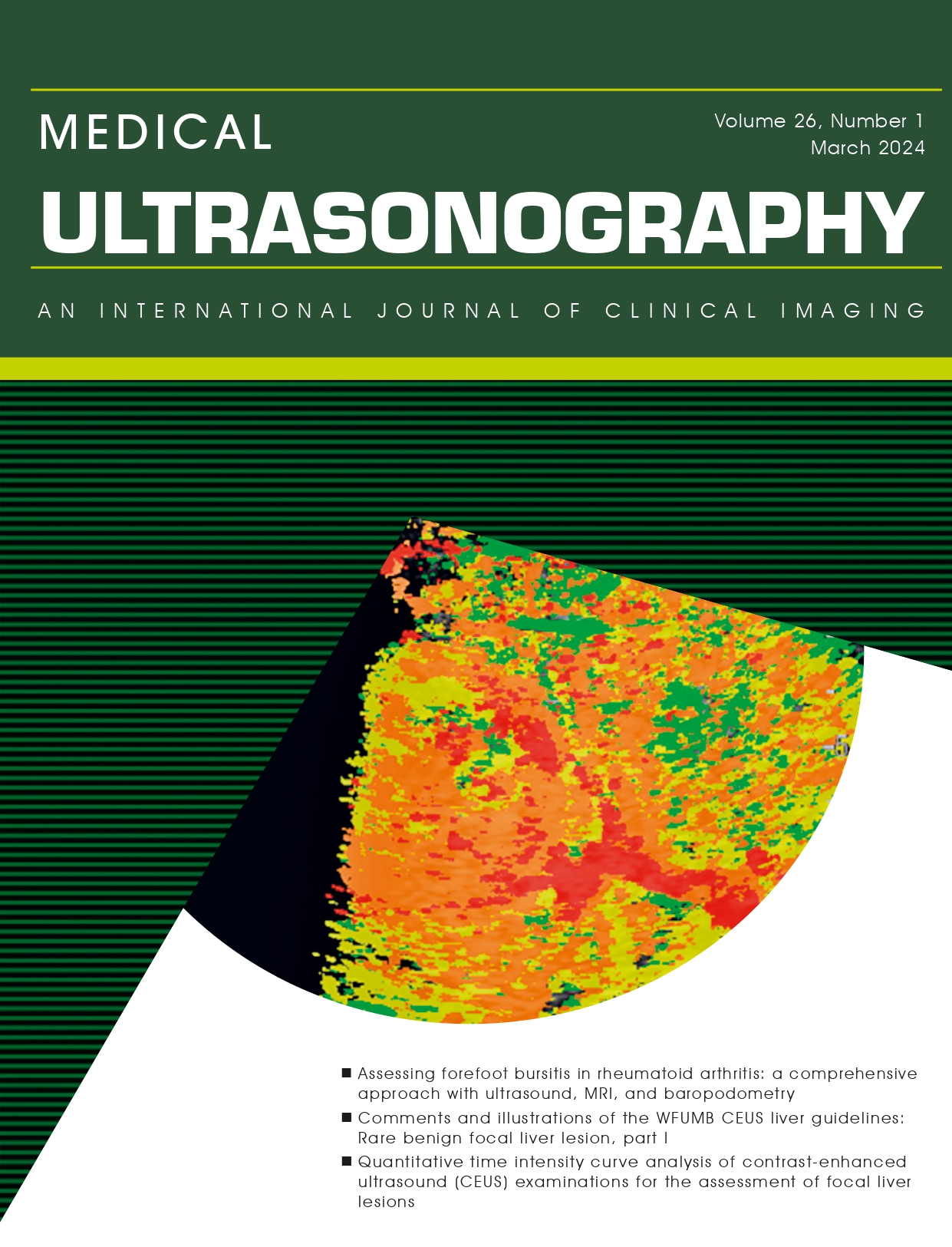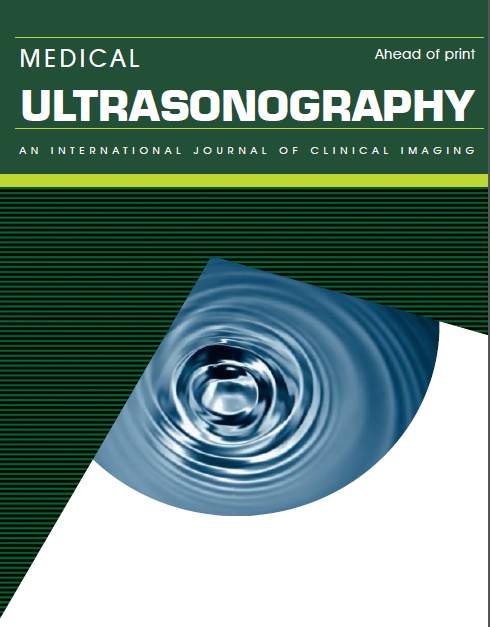Preoperative difficult airway prediction using suprahyoid and infrahyoid ultrasonography derived measurements in anesthesiology
Abstract
Airway management is one of the most important skills in everyday practice of anesthesia. Improper airway management might contribute to significant morbidity and mortality. In some patients, clinical parameters do not anticipate all difficulties related to airway management. Ultrasonography (US) might confer a potential screening tool for difficult airway. Suprahyoid and infrahyoid US measurements have been investigated for difficult airway prediction in anesthesiology. The most extensively investigated parameter was the anterior neck soft tissue thickness measured at different levels: anterior to the hyoid bone, epiglottis and vocal cords commissure. Hyomental distances measured with the head placed in neutral, sniffing or maximal hyperextended position and the derived hyomental distance ratios have also been evaluated for difficult airway prediction. For the evaluation of the tongue, measurements such as thickness, cross-sectional area, width, volume and tongue-to-oral cavity
ratio can be used. Thus, anesthesiologists have many available potential US measurements, which could provide information regarding airway anatomy during the preoperative airway assessment and could serve as potential screening parameters for difficult airway. Still, we do not yet know which of these provides optimal predictive accuracy and larger sample size studies
are required to validate their use in the preoperative evaluation of the airway.
DOI: http://dx.doi.org/10.11152/mu-1764
Refbacks
- There are currently no refbacks.




